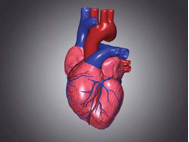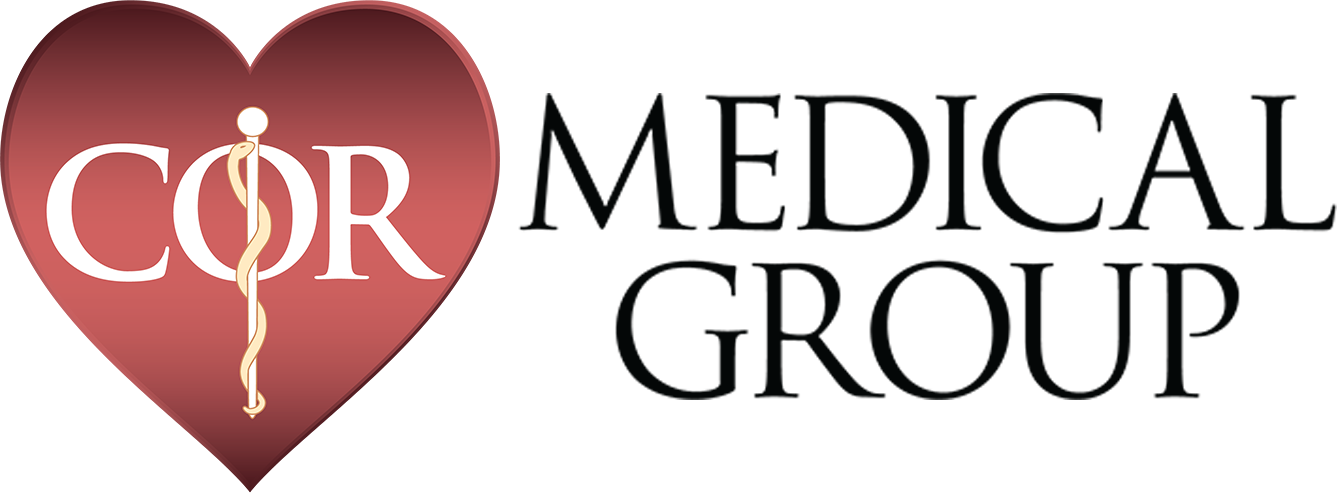Atrial Fibrillation
Atrial fibrillation (a fib, atrial fib, AF) is a heart disorder in which the upper chambers, called atria, beat irregularly instead of normally. The beats are extremely fast and irregular, essentially a trembling movement. When this occurs, the atria do not pump well, and the blood is not actively pumped from the atria to the main pumping chambers called ventricles. Then the blood stagnates in the atria and is prone to clot. If part of the clot breaks off and circulates with the blood out of the heart, it may become trapped in an artery and stop the flow of blood to the part of the body to which that artery delivers oxygen and nutrients. If it blocks the flow of blood to part of the brain, a stroke occurs.
Treatment of atrial fibrillation
Treatment of atrial fibrillation
Atrial fibrillation is the most common abnormal heart rhythm (arrhythmia) seen by cardiologists. Some patients have absolutely no symptoms from their atrial fibrillation, and some have intolerable palpitations, shortness of breath, chest pain, lightheadedness and/or fatigue. Most patients fall somewhere in between. Medications to help control the heart rate and/or restore a regular heart rhythm are used as appropriate, especially if the patient has symptoms.
Anticoagulant treatment can prevent clots from forming. In the initial treatment of atrial fibrillation, heparin or any similar medication may be used to reduce the risk of clots. These medications act fast. Generally, they are administered intravenously (inside a vein, IV) or by injection. Later on, the medication that traditionally is most commonly used to prevent blood clots is warfarin (Coumadin). Warfarin is very effective in reducing the risk of stroke due to atrial fibrillation but entails significant risks, and the patient must be carefully monitored by the doctor. Newer anticoagulants have recently been developed that might require less arduous monitoring and/or be safer or more effective. One, Pradaxa (dabigatran – click here for more information) was approved by the FDA in 2010 and another Xarelto (rivaroxaban) in 2011. Another, Elquis (apixaban), was approved and has been available since early in 2013. For an overview of alternatives to Coumadin (warfarin), click here.
Click here for an infographic on atrial fibrillation
Aspirin, although less effective in preventing stroke than warfarin, is also used to reduce this risk and often is all that is needed in younger patients with no other concurrent cardiac issues. Current studies show that anticoagulant treatment can prevent over half of the 80,000 strokes that occur each year due to atrial fibrillation.
-
If you have atrial fibrillation, the doctor may recommend that you take an anticoagulant. If you do, you need to know:
- The risk of hemorrhage may increase. Careful periodic monitoring of blood concentrations and the right dose should be able to control this risk. Your doctor will tell you where to go for the monitoring.
- When properly administered, it can prevent 20 strokes for every major hemorrhagic complication caused by the medication.
- Most hemorrhages can be prevented and treated.
- Certain medications may interfere with proper anticoagulation. Antibiotics and anticonvulsants are examples of medications that can cause problems. Talk to your doctor or pharmacist for him to give you more complete information.
Certain factors increase the risk of stroke in patients with atrial fibrillation. These include advancing age, high blood pressure, diabetes, prior heart attack or other significant structural heart disease or a prior history of stroke. Often, younger patients with atrial fibrillation and no other risk factors need to take only aspirin.
Your doctor may also recommend that you undergo treatment to try to change your atrial fibrillation rhythm to normal. There are certain medications that can be used to try to get the rhythm back to normal. Other patients will need to undergo a procedure called cardioversion in which an electrical discharge is administered to the heart for it to return to a normal rhythm. Medication may be used to try to get the heart to keep beating regularly. Cardiologists sometimes can determine what part of the heart is causing the atrial fibrillation. Then they can perform a procedure called an ablation, which destroys this abnormal area of heart tissue and prevents the fibrillation from continuing. (As this is still a relatively new and experimental procedure, it usually is only recommended if one has persistent symptoms from atrial fibrillation that cannot be controlled with medications). If the treatment succeeds in getting the heart back to the normal rhythm, you might be able to stop using anticoagulants but this needs to be determined by discussing this with your cardiologist. A relatively new procedure allows an interventional cardiologist to put an occlusion device in the part of the left atrium that is most prone to form clots and might allow a patient to avoid long-term anticoagulation. There is no wide-spread data on the long-term outcomes of the left atrial appendage occlusion devices but a limited number of patients might be candidates for this option.
If you do not have symptoms from atrial fibrillation, often taking medications to control the heart rate and thin the blood is recommended and many patients can live otherwise normal lives. Your clinical doctor or cardiologist can help you determine which treatment is best for you.
Click here for a printer friendly version of this article.
Click here for more information on atrial fibrillation.
Click here for a “Living With Atrial Fibrillation” Patient Resource Guide
Written by and/or reviewed by Mark K. Urman, MD and Jeffrey F. Caren, MD
Last updated: 06/06/2015
PLEASE NOTE: The information above is provided for general informational and educational purposes only and should not be used during any medical emergency. The information provided herein is not intended to be a substitute for medical advice, nor should it be used for the diagnosis or treatment of any medical condition. Accordingly, it should not be relied upon as a substitute for consultation with licensed and qualified health professionals who are familiar with your individual medical needs. Call 911 for all medical emergencies. Links to other sites are provided for information only – they do not constitute endorsements of those other sites. Please see Terms of Use for more information.



